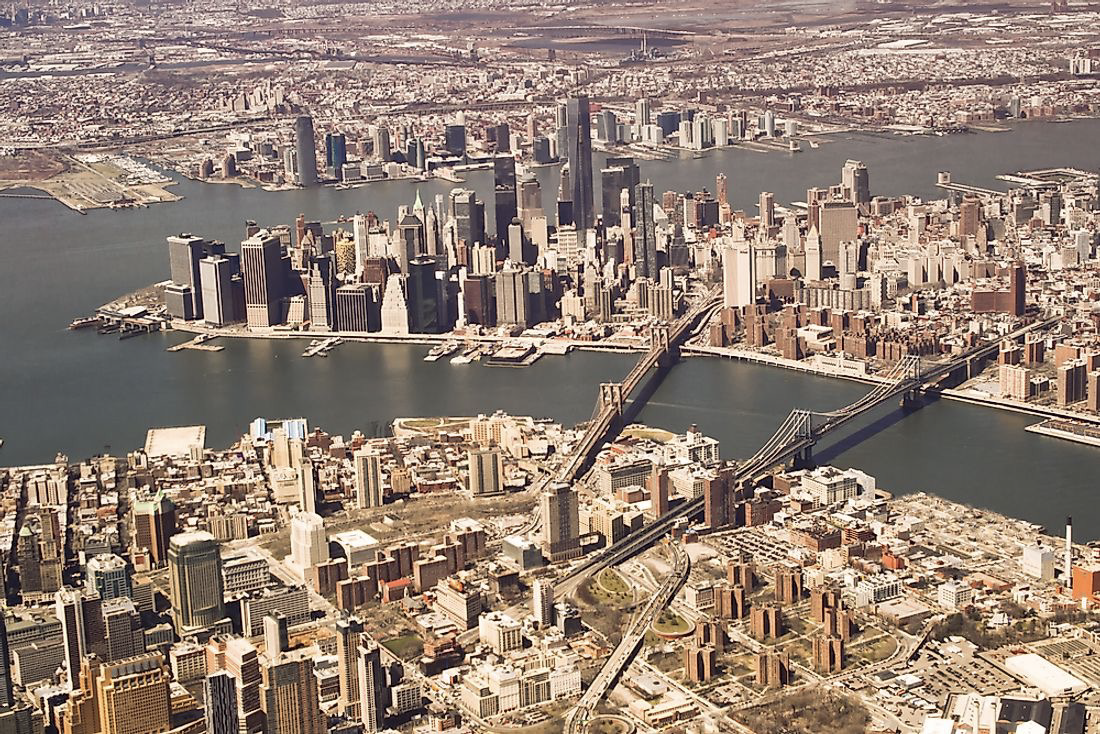GEOG 1105: Geographic Field Techniques

The United Nations have projected the world’s population to grow by 2.9 billion by 2050, and possibly by a further 3 billion by the end of the century. By then, humanity is expected to have developed into an almost exclusively urban species with 80-90% of people living in cities.
Today, there is an undeniable and growing need to educate the next generation of thinkers and practitioners. How can Geography help you understand the world around us? By analyzing it up close and personal!
GEOG 1105 - Geographic Field Techniques enables geographers to interpret the environments and landscapes around us using a combination of methods from both human and physical geography. In this experiential course, students leave the classroom to learn how to “do” geography through field observation, mapping, photographic interpretation, landscape analysis, and more. How do politics and economics impact the world around us? What does it mean for a city to be liveable, fair and just? How can we become resilient in the face of global climate change?
Learning Objectives:
By way of lectures, field trips, and projects, students will:
-
describe the approaches and methods used by geographers to collect field observations
-
apply geographic field techniques and methods in a field setting
-
identify specific geographic phenomena in a field setting
-
systematically record geographic information and processes in a field setting
-
interpret and present geographical data collected in a field setting
-
with assistance, develop a research question
-
outline ethical considerations relevant to conducting fieldworkpractice an ethical approach when conducting field work
